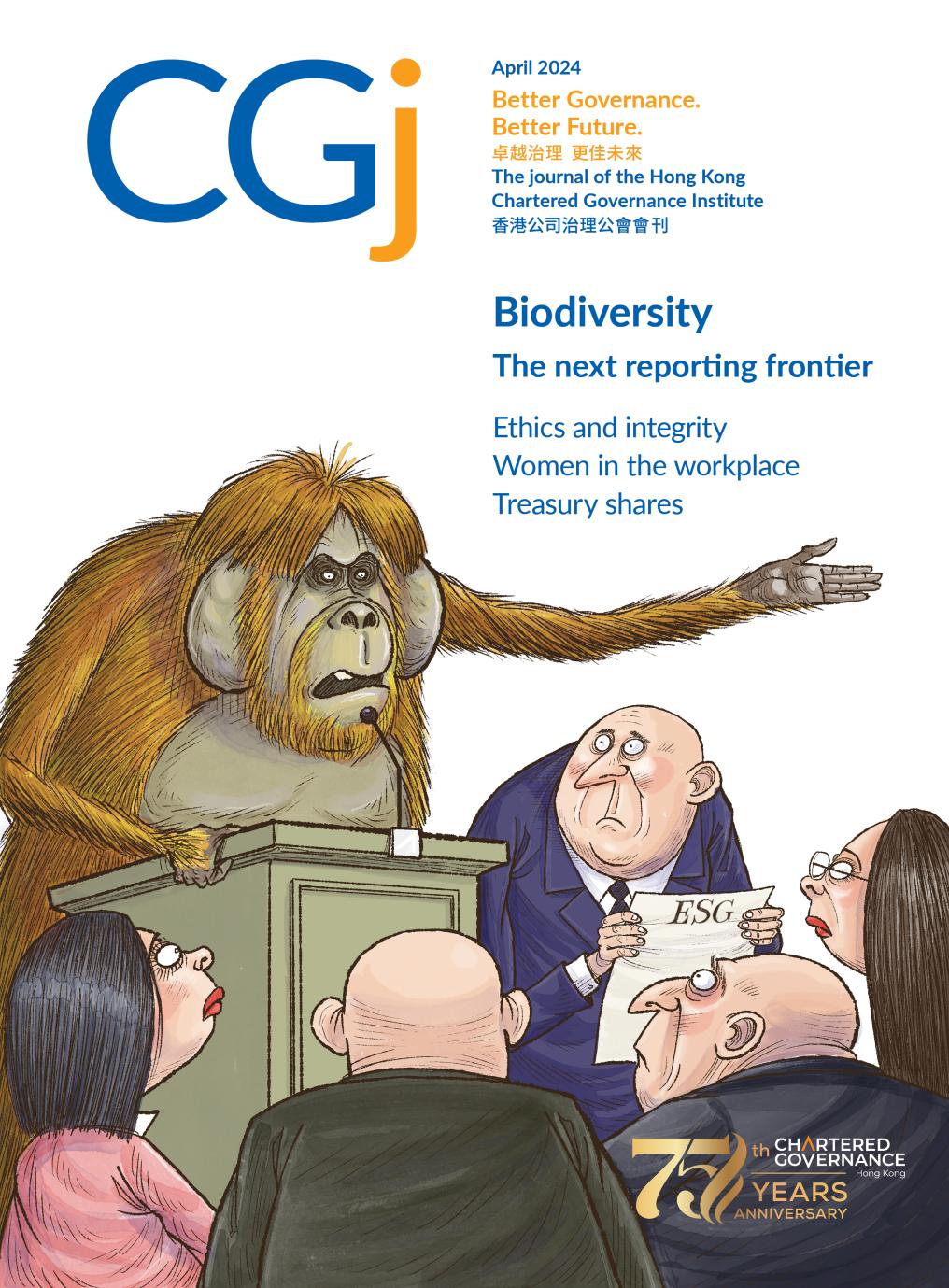
Biodiversity loss – the silent emergency
For good reason, the need to mitigate and adapt to climate change has been a core focus of ESG frameworks in recent years. Nevertheless, there has been a growing awareness that the focus on climate change may have obscured the importance of addressing a related and equally grave threat to our planet and human well-being – biodiversity and ecosystem health.
These issues are clearly intricately linked, but this month’s CGj highlights the new focus by regulators, investors and other stakeholders on the need for better transparency around organisations’ impacts and exposures related to biodiversity and natural ecosystems. It also, following the practical remit of this journal, suggests strategies organisations can adopt to improve this transparency and to adopt best practice in this area.
Actually, there is nothing new about the attempt to create a better accounting for ‘natural capital’. Back in 2013, the International Integrated Reporting Framework launched the concept of the six capitals that help organisations create value. Among these, ‘natural capital’ included species diversity and the health of the natural ecosystems that support economic activity and our general well-being.
Some of the aspects relevant to biodiversity and ecosystem health, for example the use of natural resources, energy consumption, emissions, waste generation and pollution, are already part of standard ESG reporting around the world. Nevertheless, getting to grips with this area may involve assessing and reporting on aspects not covered under existing ESG frameworks – such as land use, overexploitation of natural resources and impact on species.
The good news, however, is that there are many measurement and reporting frameworks that can assist organisations to assess their biodiversity footprints. The Global Reporting Initiative, for example, has just updated its biodiversity standard. Other existing standards include those of the Science Based Targets Network and the Taskforce on Nature-related Financial Disclosures. Moreover, further good news is that these standard-setters are collaborating to ensure that their guidance is aligned, and the International Sustainability Standards Board is already working on developing a global baseline for disclosures around biodiversity and ecosystems.
For readers of this journal, a key takeaway of this month’s CGj should be that this is another critical area of ESG governance where governance professionals can be part of the solution. Members of our profession will be closely involved in facilitating the integration of biodiversity and ecosystem health into existing sustainability strategies. We can facilitate board oversight of these issues, raise awareness and help drive change.
Doing so will bring significant benefits, both in terms of better risk management and enhanced stakeholder trust and engagement. Addressing biodiversity and ecosystem health now, before the inevitable regulatory requirements are adopted locally, will demonstrate a commitment to better ecological stewardship. This, of course, will be a win-win for both the ecosystems that provide essential services to humanity, and also in terms of improving organisations’ understanding of their nature-related dependencies, risks, impacts and opportunities.


